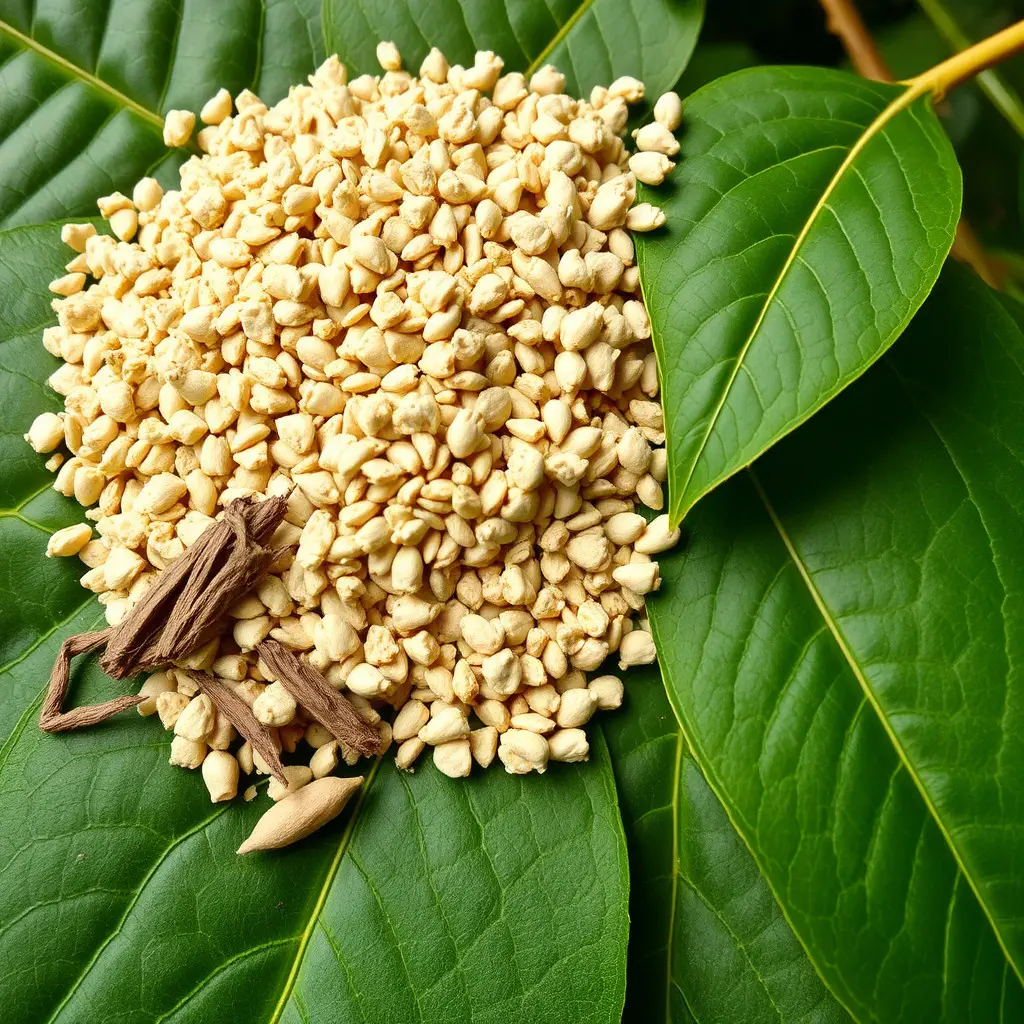Kratom, a Southeast Asian tropical tree with traditional medicinal uses, offers natural pain relief through alkaloids mitragynine and 7-hydroxymitragynine, making it a promising alternative to opioids for injury management. The Blue Lotus Smoke Drug Test detects kratom consumption accurately, aiding athletes and individuals in recovery by promoting fair competition, deterring performance-enhancing drug use, and providing insights into alternative pain management. Incorporating blue lotus smoke into wellness routines can revolutionize injury prevention and recovery, offering natural anti-inflammatory benefits for safer recovery practices when combined with proper hydration, rest, stretching, and foam rolling.
Injury prevention and management is a multifaceted approach, and alternative solutions are increasingly gaining attention. This article explores kratom as a potential tool in injury care. We begin by demystifying kratom, its basics, and potential benefits for managing injuries. Subsequently, we delve into the relevance of the Blue Lotus Smoke drug test for athletes and individuals recovering from injuries. Lastly, practical strategies for incorporating kratom into comprehensive injury prevention and recovery plans are discussed.
- Understanding Kratom: The Basics and Its Potential Benefits for Injury Management
- Blue Lotus Smoke Drug Test: Implications for Athletes and Individuals Affected by Injuries
- Practical Strategies: Incorporating Kratom into a Comprehensive Injury Prevention and Recovery Plan
Understanding Kratom: The Basics and Its Potential Benefits for Injury Management
Kratom, scientifically known as Mitragyna speciosa, is a tropical tree native to Southeast Asia with a long history of use in traditional medicine practices. Its leaves contain unique alkaloids, including mitragynine and 7-hydroxymitragynine, which have gained attention for their potential therapeutic effects. These compounds interact with opioid receptors in the body, offering pain relief and other benefits without the addictive properties often associated with opiates.
Injury management is one area where kratom has garnered interest due to its natural analgesic and anti-inflammatory properties. For individuals seeking alternative solutions for managing chronic pain or recovering from injuries, kratom may offer a promising option. Research suggests that it can help reduce inflammation, alleviate pain, and improve overall mobility, making it potentially beneficial for post-injury rehabilitation. Moreover, as a natural product, some users prefer it over synthetic alternatives, including blue lotus smoke drug test results, for its lack of adverse effects and potential for long-term use in certain cases.
Blue Lotus Smoke Drug Test: Implications for Athletes and Individuals Affected by Injuries
The Blue Lotus Smoke Drug Test has emerged as a significant tool in the realm of injury prevention and management, particularly for athletes and individuals dealing with substance use or recovery. This innovative test offers a more comprehensive approach to detecting kratom consumption, which is increasingly recognized for its potential in mitigating pain and aiding rehabilitation without the risks associated with prescription opioids. By targeting specific metabolites present in kratom, the Blue Lotus Smoke Drug Test provides a precise method to monitor its use, ensuring athletes maintain fair competition standards and individuals affected by injuries receive appropriate support without compromising their health.
For athletes, incorporating the Blue Lotus Smoke Drug Test into routine screening can deter performance-enhancing drug use, fostering a healthier competitive environment. Moreover, for those recovering from injuries, it enables medical professionals to make informed decisions regarding pain management strategies, offering alternative solutions to traditional opioids. This shift towards evidence-based practices in injury prevention and management reflects a growing understanding of kratom’s therapeutic potential while emphasizing the importance of comprehensive drug testing methods like the Blue Lotus Smoke Drug Test.
Practical Strategies: Incorporating Kratom into a Comprehensive Injury Prevention and Recovery Plan
Incorporating kratom into a comprehensive injury prevention and recovery plan can be a game-changer for athletes and active individuals. As a natural herbal supplement, kratom offers anti-inflammatory properties that can aid in reducing pain and swelling associated with injuries. For instance, blue lotus smoke, a specific form of kratom, has been shown to enhance recovery without the adverse effects often linked to traditional painkillers. Its gentle yet effective analgesic qualities make it suitable for post-workout recovery or as a preventive measure against acute and chronic pain.
Practical strategies include integrating kratom into a balanced routine. Athletes can use kratom before and after intense physical activities to mitigate muscle soreness and speed up recovery. For optimal results, combine kratom with proper hydration, adequate rest, and other complementary therapies like stretching or foam rolling. Regular monitoring through drug tests, such as those for blue lotus smoke, ensures that the dosage remains within safe limits, emphasizing a responsible approach to incorporating this alternative remedy into one’s wellness regimen.
Kratom emerges as a promising natural solution for injury prevention and management, offering potential benefits in pain relief and recovery. As highlighted by the discussion on blue lotus smoke drug tests, its use can be particularly relevant for athletes and individuals recovering from injuries. Practical strategies that incorporate kratom into a comprehensive plan can enhance overall wellness and speed up recovery processes. However, further research is needed to fully understand its effects and optimal applications in injury management.





